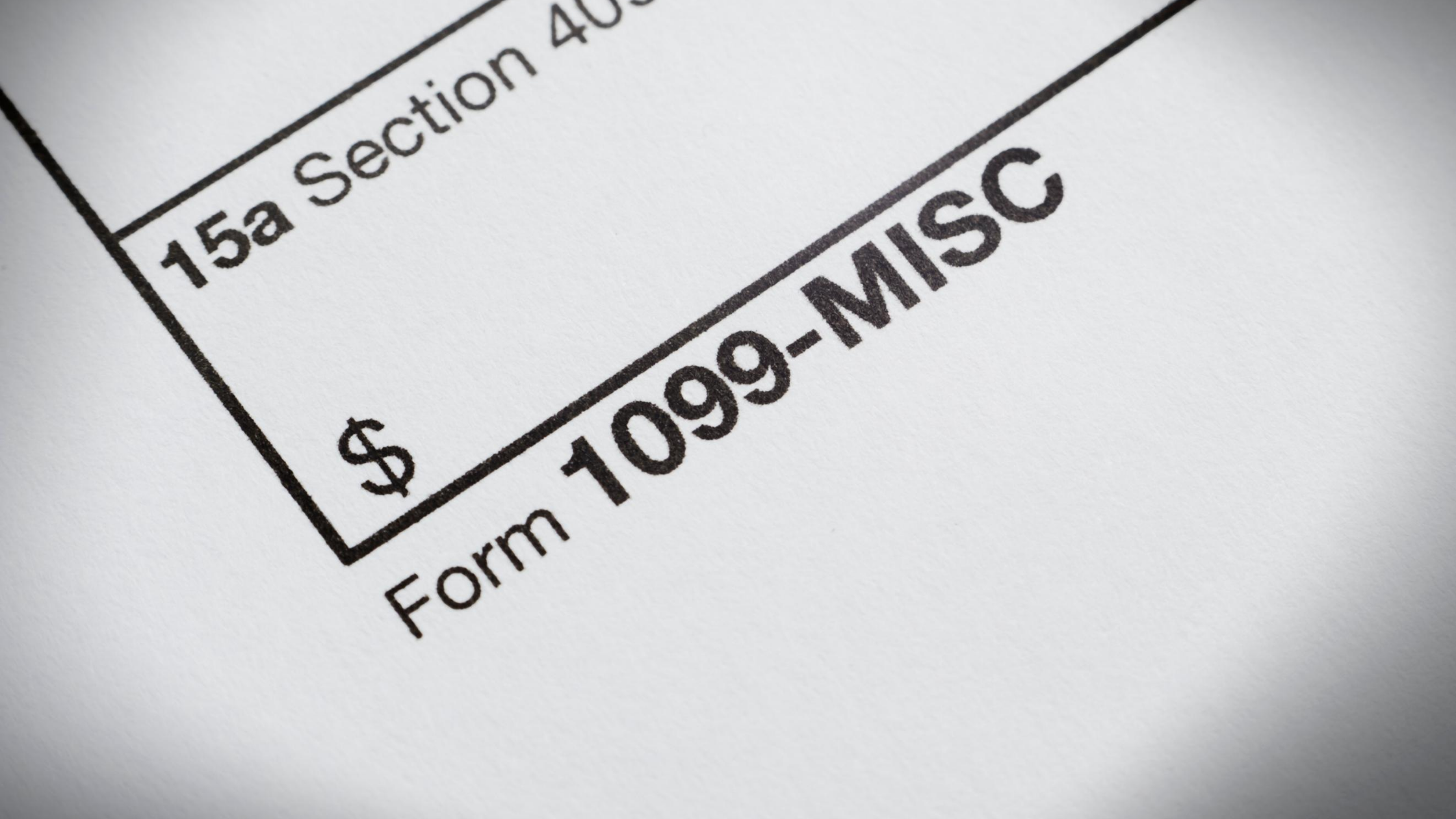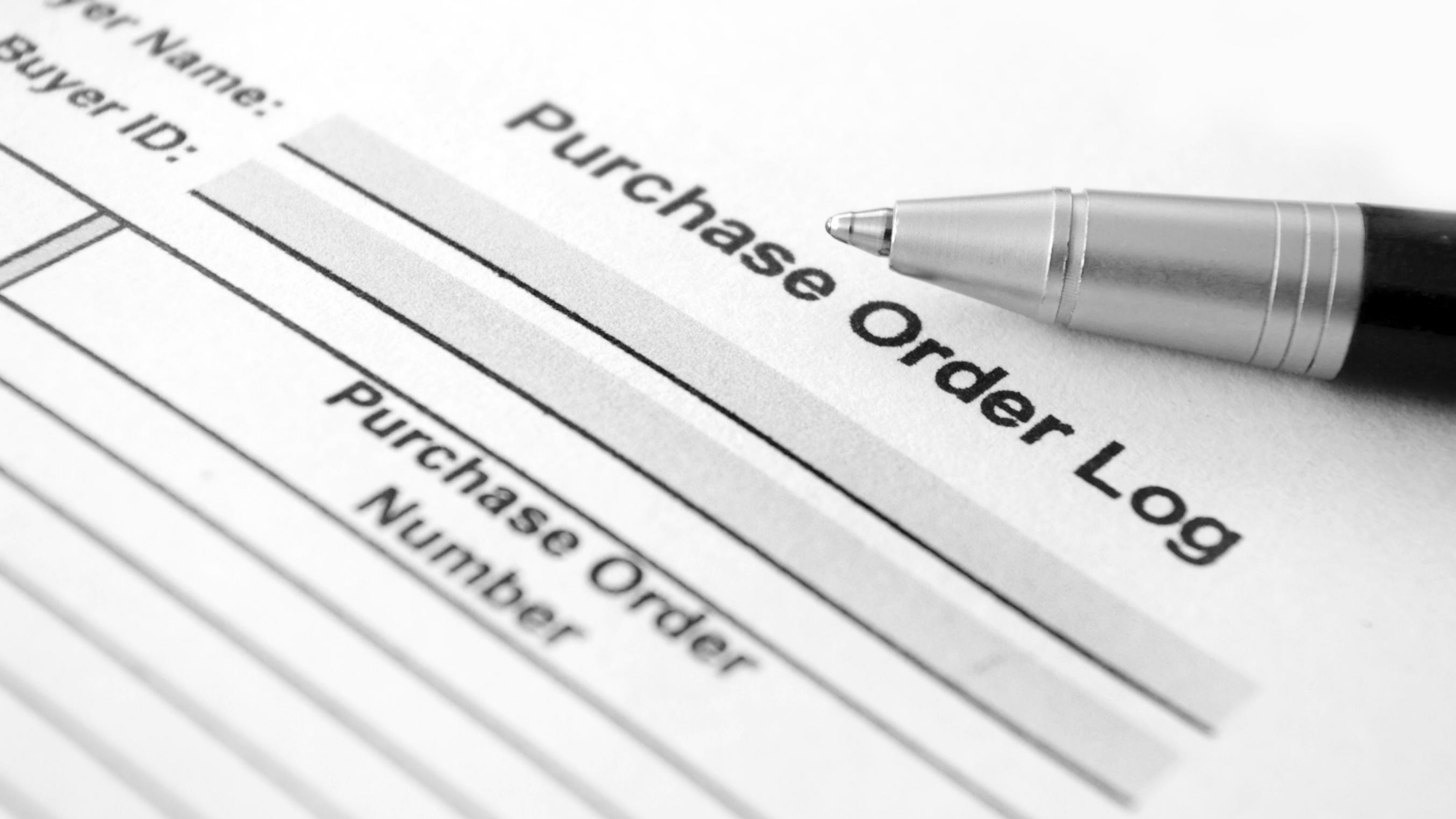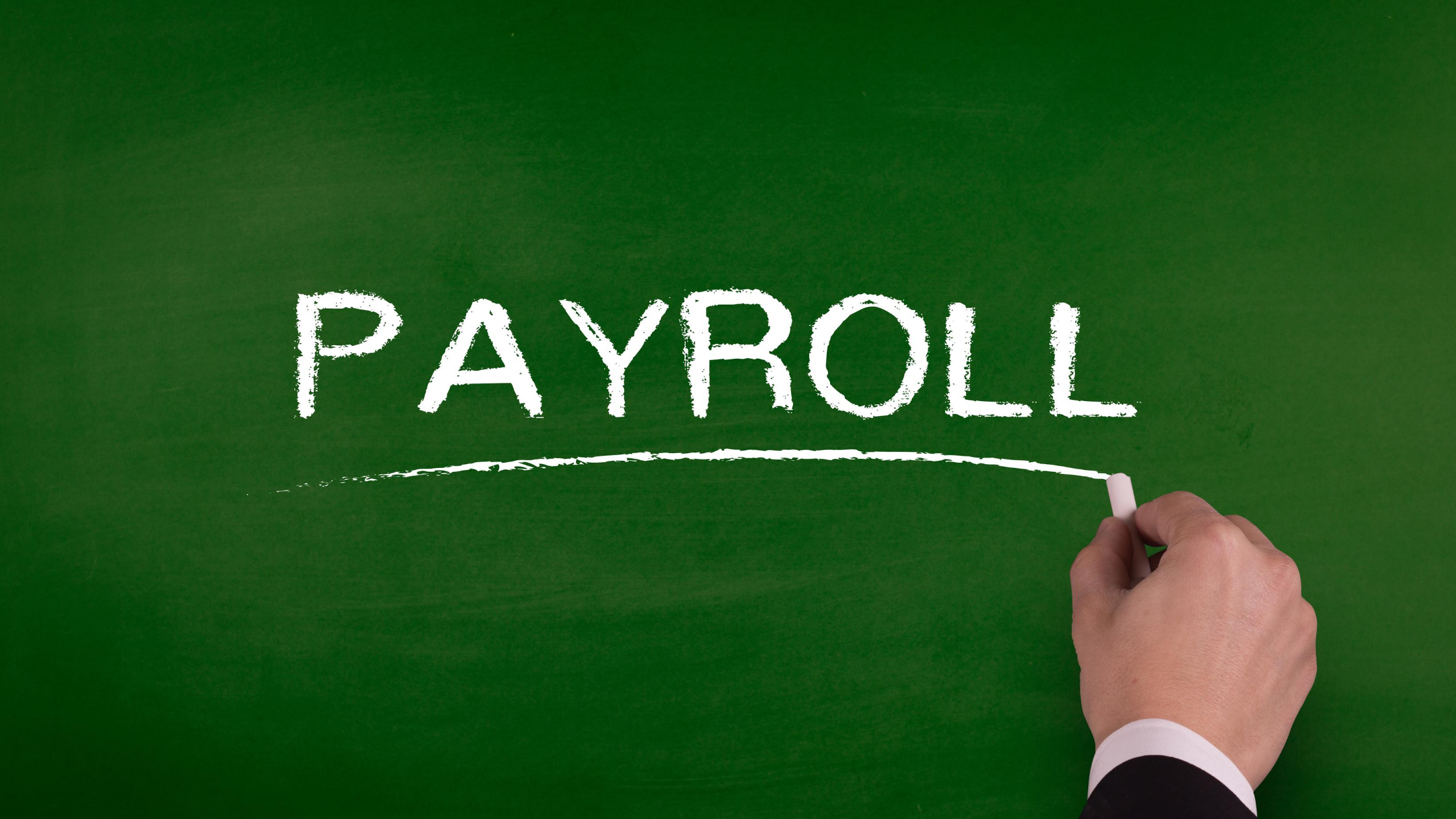Bookkeeping automation facilitates a structure in which financial management, controls, and oversight are centralized, but the data entry is decentralized. In our wagon wheel example, the applications on the edge of the wagon wheel serve as entry points for your data. Users are granted access to each application based on their needs in that function and they submit data (i.e. expense reports, purchase orders, or timesheets) which then funnel to approval checkpoints and into accounting software (such as Xero or QuickBooks Online).
By pushing data entry down to the person who initiated the accounting transaction, you accomplish a few important things.
- First, it gives you much more accurate data because the person buying or working on a project can give detail on the transaction that you don’t get just from seeing a charge clearing your bank account or credit card. The team member is also able to enter data in real time from their computer or mobile device, so you are getting timely submissions. This all leads to better data which is the end game of your bookkeeping efforts.
- Second, it gives your business much better controls as everything funnels through approval checkpoints which puts you in a better position to review and address expenses or issues in your business.
- Finally, by eliminating a lot of the double entry you are saving both time and money on your bookkeeping. This allows you to scale your business more efficiently.
As the owner, you want to create processes and procedures that drive consistency and accountability across your organization. This structure of centralized oversight with decentralized data entry does that and allows you to manage your business with greater financial control.
.png?width=755&name=Copy%20of%20enSYNC%20-%20Blog%20CTA%20-%20Nonprofit%20Accounting%20Software%20That%20Powers%20Your%20Mission%20(2).png)










































